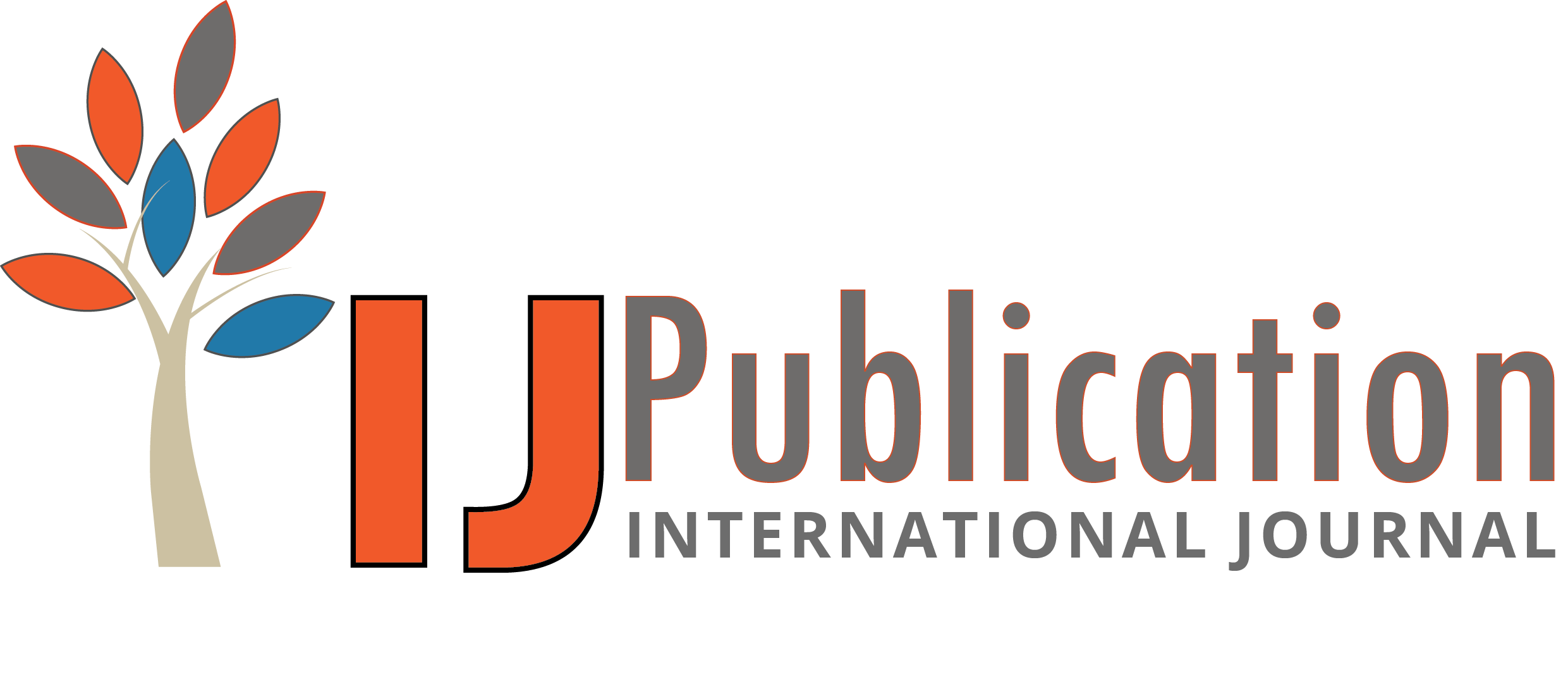Naveen Sri Harsha Rellu Reviewer
25 Sep 2025 01:24 PM
 Approved
Approved
Relevance and Originality The research article brings significant originality by examining the social dimensions of datacenter consolidation and cloud enablement within Green IT initiatives. While much of the existing literature on cloud computing focuses on environmental and technical benefits, this study effectively broadens the scope by addressing its socio-economic impacts. The emphasis on employment shifts, digital equity, and environmental justice in marginalized communities highlights important, often overlooked, consequences of technological transformation. The exploration of policy frameworks and workforce development makes the research highly relevant, offering practical insights for policy-makers and industry leaders to ensure equitable outcomes in cloud adoption.Methodology The research design is methodologically sound, utilizing a comprehensive approach to explore the multi-faceted impacts of cloud computing on society. The analysis integrates both qualitative and quantitative aspects, presenting a well-rounded perspective. However, while the article offers rich insights, the methodology could benefit from more detailed case studies or empirical data that demonstrate the real-world applicability of the proposed findings. The inclusion of additional perspectives, such as interviews with industry experts or stakeholders, might strengthen the argument and provide more nuanced insights into the practical implications of these technological changes.Validity & Reliability The study is reliable in its findings, with solid theoretical grounding and a coherent argument throughout. The research draws upon well-established models in Green IT, cloud computing, and social impact assessment, supporting its conclusions with relevant data. However, the validity of the study could be enhanced by expanding the research sample to include a broader range of geographical regions or industry sectors. As it stands, the conclusions may be more applicable to specific contexts, limiting their generalizability. More diverse data sources and a clearer explanation of how these factors influence the outcomes would increase the robustness of the claims.Clarity and Structure The article is well-organized and presents the research in a clear, structured manner. Each section logically builds on the previous one, making it easy for readers to follow the progression of ideas. The abstract effectively summarizes the main themes, and the findings are clearly articulated. However, some technical terms related to cloud computing and Green IT could benefit from further explanation to enhance readability for a broader audience. Additionally, the policy recommendations, while valuable, could be presented in a more concise manner to avoid overwhelming the reader with too many details at once.Result Analysis The analysis of results is detailed, providing valuable insights into how cloud computing can advance social equity and environmental justice. The connections between technological transformations and their socio-economic effects are well-drawn, with each outcome substantiated by sound reasoning. However, the article could further deepen its analysis of potential unintended consequences, such as job displacement or the digital divide in regions where infrastructure is still underdeveloped. Discussing the broader systemic effects of these changes would provide a more comprehensive view of the challenges and opportunities posed by cloud enablement.








Naveen Sri Harsha Rellu Reviewer